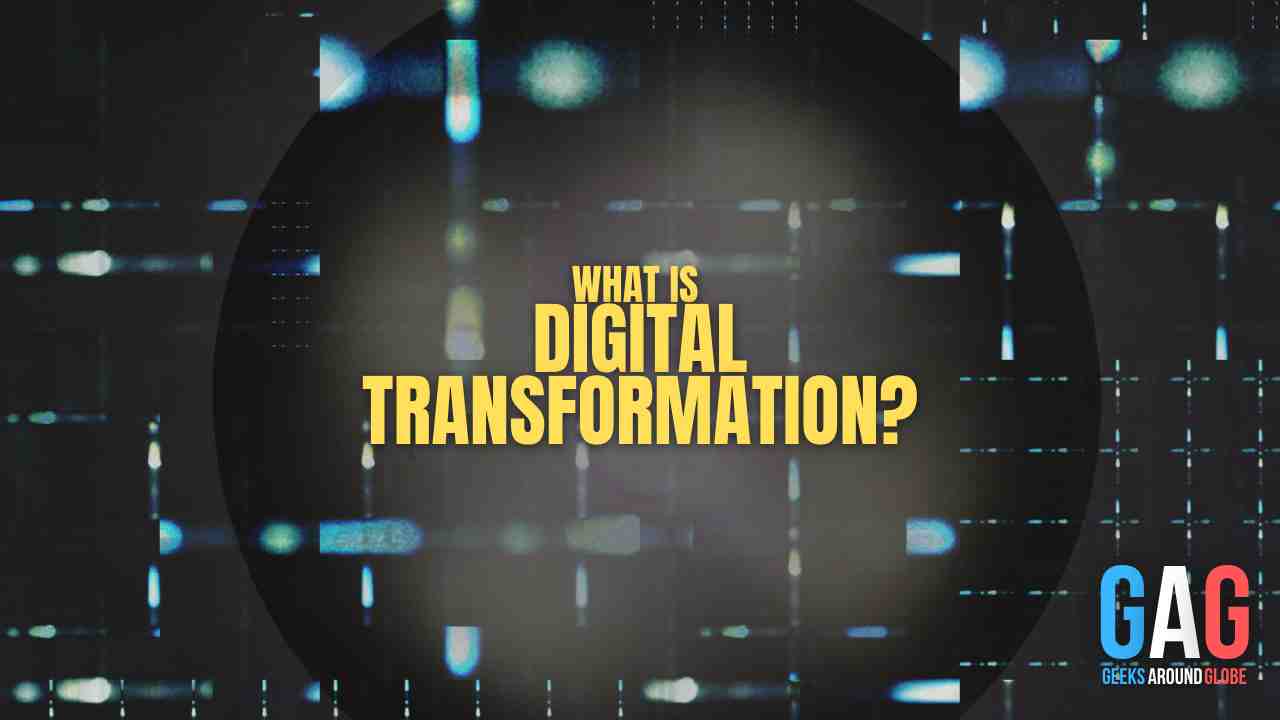The use of digital technologies in IT has a long history. At the same time, over time, the approach to the implementation of technologies changes, new terms appear, in which it is desirable not to be confused.
The history of digital transformation
- Digitization of data (digitalization). It was first conducted by IBM in 1964. The essence of digitization is simple: the transfer of information from paper documents, contracts, as well as photographs, tape video recordings into digital format. This phase introduces spreadsheets, word processing and calculations.
- Automation. It became an important trend in the next historical stage. The point of automation is to organize convenient storage, information retrieval, and fast data exchange between employees. The emphasis is on improving speed, reducing paper costs. And also on the consolidation of data into one system: many ERP systems (enterprise resource accounting) work on this principle.
- Business and IT digital transformation.
Digital transformation is a more complex concept than digitization and automation. The main difference is that for the previous two steps, it is easy to implement technologies:
- Has the company switched to electronic documents? Digitization is complete.
- Do all employees use the accounting system? This means that the automation was also successful.
Digital transformation is not so simple and a digital transformation agency could help your business tremendously. Technologies alone are not enough here: software implementation and a revision of business and IT principles will be required.
That is, technology (any) does not make a business and IT digital. It is more correct to define digital transformation IT services as the restructuring of the company’s activities, which allows it to adapt to the changes taking place around it, to quickly respond to them.
Benefits of digital transformation
Digital transformation gives the company the following:
- Accelerating business and IT processes, reducing costs – increasing labor productivity.
- New ways of making a profit. For example, a company implements technologies that allow tracking the technical condition of a car purchased by a client, and promptly offers repairs and maintenance.
- Deepening interactions with customers to add value to the products and services the company creates. This can be seen in the example of the very applications where the client gives marks to the work of the company. And to an even greater extent – on the example of targeted advertising that takes into account gender, age, income level, and interests of a person.
- Improving the level of control and quality of analytics. Artificial intelligence processes the data collected about the customer in order to create suitable offers for him.
Conditions for digital transformation
The main condition for transformation is the interest of the participating employees, their desire to do this and an understanding of why to do it. If changes are made because senior management issued a directive, then there is no need to expect high efficiency.
Under certain conditions, digital transformation can be a matter of survival for a company. After all, if you work according to conservative principles, then it is easy to “not fit” into the new market models that are updated every day. There are also more serious challenges, like the current coronavirus pandemic, which forces one to decide: is the business and IT adapting to the current reality or will it leave?
In this situation, many clothing boutiques, for example, were forced to turn into online stores almost in one day, and catering establishments were forced to master the technology of delivering food to their homes. Some restaurants have gone even further: chefs began to conduct online paid master classes on cooking various dishes, delivering the necessary ingredients to the participants in advance. This is a good example of how a company can get creative and discover new revenue streams instead of passively waiting for the end of quarantine.
Staying in one place now is not an option, you cannot work according to the same principles for years. It is necessary to actively test everything new, and therefore the model used by the business and IT should not only be open to changes, but be able to carry them out on the fly.
Stages of digital transformation
Simply implementing digital transformation software is not enough. To carry it out successfully, you have to do everything in stages.
First, it is important to understand whether your company needs such a transformation, and right now. You shouldn’t do it just because it is “fashionable”. We need to find out what goals we are pursuing. They should not be streamlined – “to improve the efficiency of the company” – but understandable. It is desirable that they relate to specific processes:
- Increase the speed of processing incoming invoices.
- Reduce the delivery time of orders to the client.
Experts do not advise digital transformation of everything at once. Firstly, it requires a lot of resources, and secondly, it is wise to first assess the usefulness of changes on the example of one area of activity or division of the company, before moving on.
When we have already figured out the goals and object of transformation, it will be necessary to appoint responsible persons, and not only from the IT side, who are responsible for the technical component, but also from the business and IT side. If, for example, we modernize the work of the logistics department, then constant contact with the head of this department is imperative for the changes to take place both “on paper” and in real life.
Finally, do not forget to track the result, and for this we select in advance the parameters by which we will evaluate the effectiveness of digital transformation in your company. It is with the definition of such parameters that it is worth starting transformations in order to understand where we are moving and not engage in “modernization for the sake of modernization.”
Reasons for digital transformation
The main reason companies are pursuing digital transformation is to maintain and improve their competitiveness. Everything is evolving rapidly, and change is happening quickly, so companies have to meet new requirements in order to continue to work successfully. Not everyone succeeds. For example, the lifespan of large corporations in the 21st century is about 15 years, and in the 20th century it was 60.
That is, you need to “keep your finger on the pulse”, use the opportunities that are provided by the development of technology.







